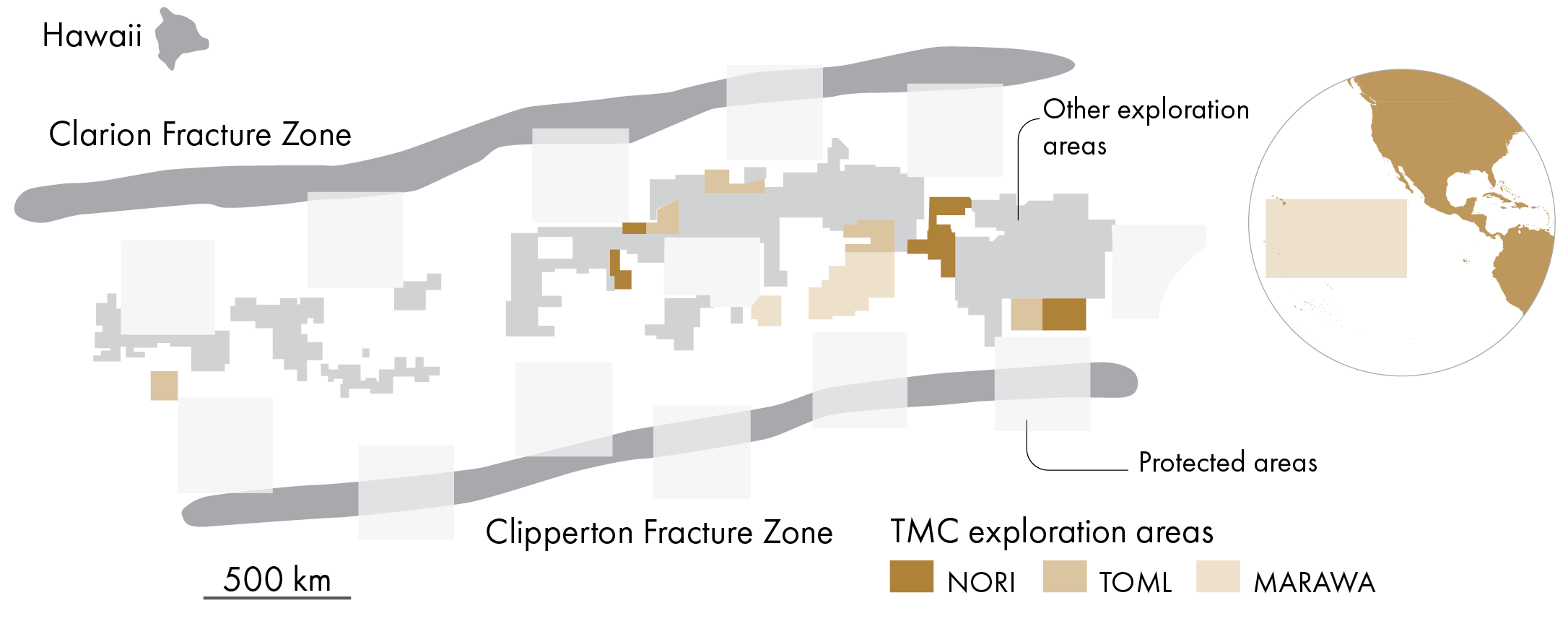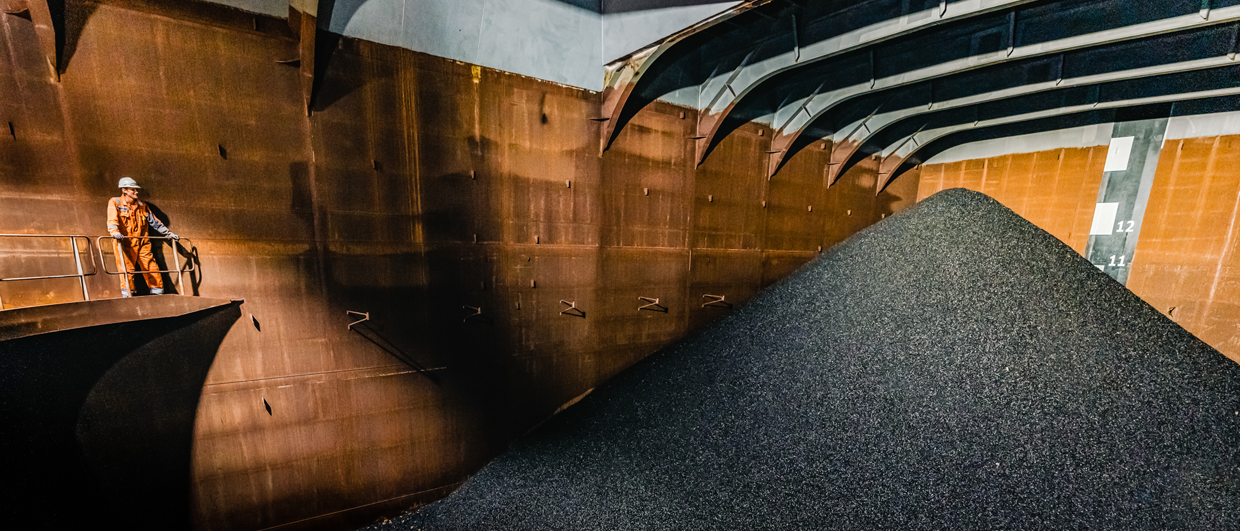The Metals Company (TMC) is eager to begin production. They might be the first company in the world to start deep sea mining in the Clarion-Clipperton Zone (CCZ), located in the Pacific Ocean between Mexico and Hawaii. A handful of other companies are following TMC suit.
However, the International Seabed Authority (ISA), which manages maritime areas beyond the limits of national jurisdictions, including the CCZ, recently decided to pull the breaks.
The executive board of ISA, The Council, closed its meeting late in July. The main item on its agenda was whether it should conclude its work on regulations and the overall framework for the exploitation of mineral resources. The draft regulations for full-scale mining have been in the works since 2011.
The 36 members comprising the Council said they made significant progress concerning the regulations and announced that they intend to continue the work with a view to adopting them during their 30th session in 2025 (likely late in the year). A roadmap for continued work until their session in 2024 has been adopted.
.. by July 2023, ISA had by no means finished the job of issuing the necessary rules and regulations for mining permits.
The Council’s decision means that the mining companies will need to exercise patience, especially those that had hoped for a quick resolution – TMC had its eyes on first ore mining late 2024. But, by July 2023, ISA had by no means finished the job of issuing the necessary rules and regulations for mining permits.

Time running out
Time was seemingly running out though. Two years earlier, the Republic of Nauru invoked a rule, requiring the ISA to adopt regulations for exploitation in the deep sea by July 9th, 2023, or accept applications under the current regulations that exist by that date.
Norway was among the countries that asked ISA to fulfil the Authority’s mandate to finalise the regulatory framework by July. However, other ISA member countries as well as external stakeholders such as environmental organisations, argued that more time was required to better understand the impact of mining on the ecosystems.
Even though the green light for deep sea mining is yet to be given in the ISA area, the “two-year rule” still technically holds, meaning the Authority will have to accept a “plan of work” by companies that are eager to move forward.
ISA stated that they adopted a decision relating to such applications, should they appear before the exploitation regulations are completed. In short, if they do receive a “plan of work”, they will decide how to take action during their next meeting in November 2023.
The Head of the Spanish delegation, Diego Bermejo Romero de Terreros, Ambassador of Spain and Permanent Representative of Spain to ISA, welcomed the agreement on the way forward as a key outcome of the meetings. “It will allow us to fulfill our mandate to complete the regulations while ensuring the effective protection of the marine environment,” he claimed.
The CEO and Chairman of The Metals Company Gerard Barron said in a statement that the company is disappointed that ISA had failed to adopt regulations by July 9th, but that he believed the finish line is within sight.
Sponsored by member states, companies such as TMC are currently allowed to do mapping, exploration, and technology development and testing in the CCZ. ISA adopted regulations for exploration more than ten years ago, and they have currently granted more than 30 exploration contracts.
The Council will issue a consolidated negotiating text of the draft regulations following their meeting in November 2023.
The mineral resources in the CCZ are found in polymetallic nodules, potato-sized concretions on the seafloor that are rich in metals. TMC has for good reason branded them “battery rocks”. Chemical analyses have shown that the nodules contain several metals such as nickel, cobalt, copper, and manganese that will likely be in high demand going forward due to their increasing use in battery manufacturing and other green technologies. The grades surpass most onshore mines, and the CCZ is considered the largest nodule field in the world. Nodules are deemed advantageous in terms of extraction compared to other on- and offshore deposits. There is no need for blasting or quarrying to retrieve the nodules. Their size makes them easy to handle and harvest, and the high metal content results in smaller tailings. TMC even believes they can make use of all mineral components, leaving no residue at all. Two Norwegian companies are involved in the CCZ: Loke currently holds two licences after they acquired UK Seabed Resources, while Green Minerals earlier this year announced that they signed a Memorandum of Understanding to partner in on a licence.




